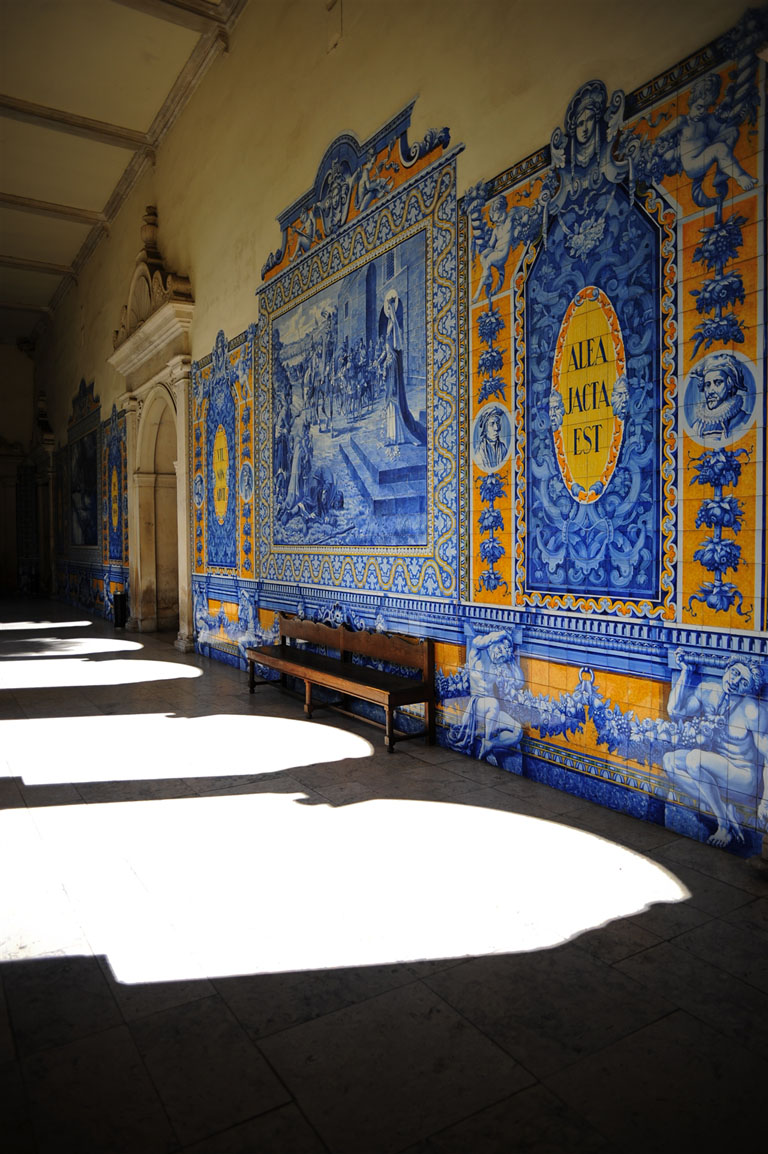
Colégio de São Tomás
Presentation
The current Palace of Justice in Coimbra occupies the building of the former College of São Tomás de Aquino, one of the most prestigious university colleges in the city, founded in the 16th century.
Dedicated to the theologian and philosopher Saint Thomas Aquinas, the college reflected the pursuit of rationality and the harmony between faith and reason, central values in the education system of the time.
The building stands out for the solidity and sobriety of its architecture, and today it is one of the symbols of the functional reinterpretation of historical heritage.
Observations
As it is currently the seat of a court, it is not open for interior tourist visits, but the exterior preserves its heritage value.
Schedule
Monday to Friday
09:00 - 12:30 | 14:00 - 16:00
Particularities
The architecture retains the sobriety of collegiate buildings of the time, later adapted to meet the institutional needs of justice.
Extra Information
It is possible to admire the building from the outside and learn about its history as part of the university circuit of Coimbra’s Upper area.
Aspetos Diferenciadores
Its conversion into a judicial building demonstrates Coimbra’s ability to preserve and adapt its heritage without erasing the memory of its original function.
History
The College of São Tomás de Aquino was founded in the 16th century by the Congregation of Secular Canons of Saint John Evangelist. Over time and after the extinction of religious orders, the building passed into the public sphere and became the seat of the Palace of Justice of Coimbra.
This transformation reflects the historical journey of many religious buildings in the city, which continue to serve the community, albeit in different roles.
Colégio de São Tomás
Rua da Sofia
3000-064 Coimbra
coimbra.tr@tribunais.org.pt
www.trc.pt







